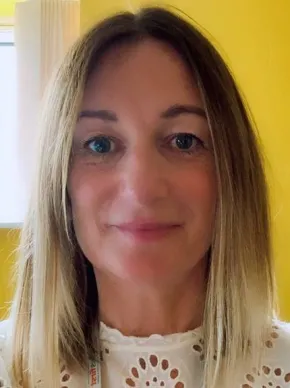
We spoke with Marie-Anne Hall, Locality Specialist Lead for Immingham, Freshney, Yarborough, Waltham and Wolds, who was key in setting up their exciting new diversion scheme in North East Lincolnshire.
Can you tell us how your scheme started?
When we moved our out of court work into our prevention and early help service it was the perfect opportunity to write a diversion offer so I went out looking for existing diversion schemes. I spoke to Simon Bramford at Suffolk YOS who helped by taking me through what they were offering, I took that information and made the offer fit for the needs and resources of North East Lincolnshire.
Early Help and prevention services (0-19 years) is committed to diverting young people from formal prosecution, in appropriate cases working in conjunction with the Youth Offending Service’s risk management strategies. The young person’s workbook fully informs the plan, it scales working within signs of safety and it ensures the voice of the child and parent is fully evident the whole way through. The workbook was created to act as a communication tool for young people allowing them to use words, pictures, artwork, scaling and emoji faces to communicate with the family first practitioner and their parent/carer around core drivers to crime and areas of human dignity. They work within their own community area, family hub or home, wherever possible they are removed from areas of risk to a place of safety rather than being arrested to ensure they don’t identify with the label of offender and their needs as a child young person are better met.
What has been the biggest challenge in getting the scheme off the ground?
The biggest challenge is to ensure that the police, magistrates, practitioners and partners are all trained in a short time prior to us going live and fully understand and support the offer. It only takes a small number of people for the inconsistency to create confusion throughout the whole scheme.
The use of non-judgemental language to prevent stigmatising the children and young people you work with is a key aspect of your scheme. Can you give some examples of the alternative language you use and why you believe this is so important?
Following training and awareness in diversion and understanding how labelling impacts on a person we made the decision to change our language as well as the criminal experience. We now use words such as ‘young person’ instead of ‘offender’ and ‘incident’ or ‘behaviour’ instead of ‘offence’ or ‘crime’. This is to reduce the chance of the young person taking on the identity of an offender and acting out that label, and so to minimise future harm to others.
What has been the scheme’s best achievement so far?
We are still in the early days, having just gone live on 15th October 2018. The data will inform the level of progress and achievements by the end of 2019. The investment we’ve received from partners, particularly the police, has been phenomenal. Seeing the right young people go through the scheme and showing progress in education and family experiences, as well as health needs being met and active interest in positive activities by the end of their support, is exactly what we aimed to achieve.